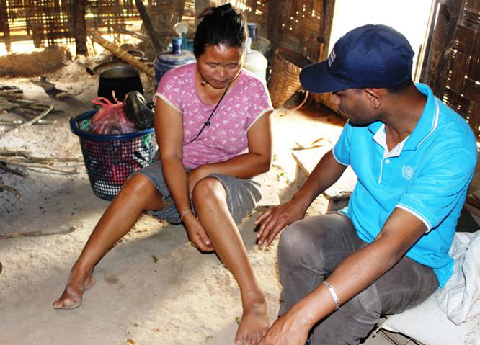Following intensive planning for several months, the 12-day subnational polio vaccination campaign was completed successfully, with high coverage reported from all 13 participating provinces in 90 districts. Close to 460,000 children aged 0 to five years were targeted. Children under one who have missed their planned vaccination schedule also received routine immunization during the campaign.
About 210 staff members from Ministry of Health and partner organizations including WHO and UNICEF monitored the campaign. Pockets of missed children were identified and health staff was responsible for “mop-up” activities.
Feuang District, Vientiane Province
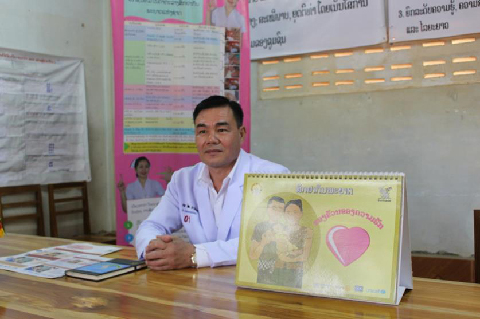
Social mobilization

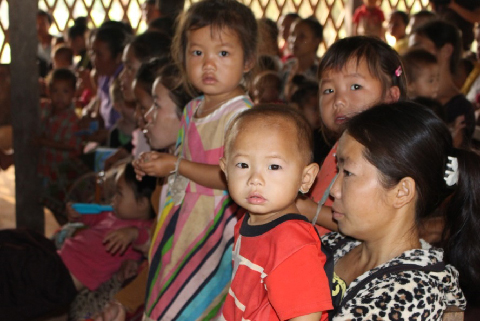
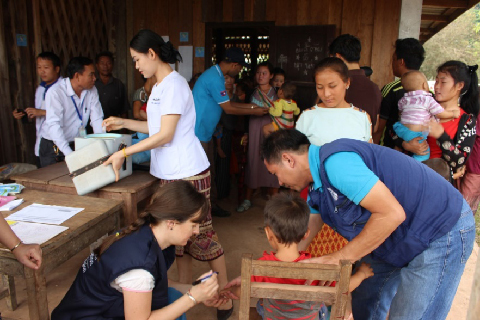
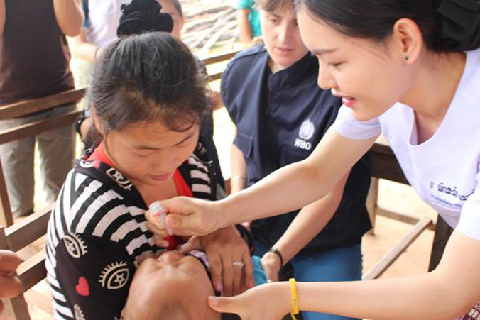
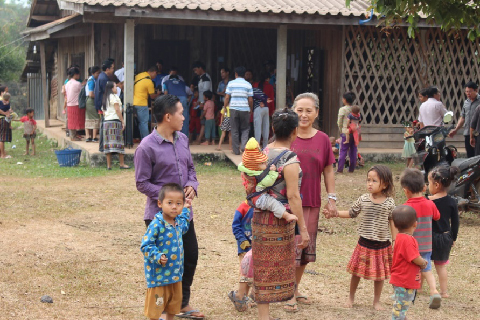
In Phonsavan Village, the local authorities worked with two village health volunteers to inform the community on vaccination dates. The village head Mr Jaewanh used the loudspeakers to announce the information twice a day.
Two Hmong health workers, Mr Kiayong Padoua and Mr Bongyang Yusee explained about the benefit of the vaccine in Hmong language to the community. Pockets of resistance can still be seen among the Hmong community and this is where the support from the village head and Hmong health workers is very important. In these places, the vaccination coverage is higher than 90 per cent.
Rapid Convenience Monitoring in Feuang District
WHO staff supported the rapid convenience monitoring in Namphone village, where children were checked. In this campaign, both technical and administrative staff participated in the activities together with the Ministry of Health staff.
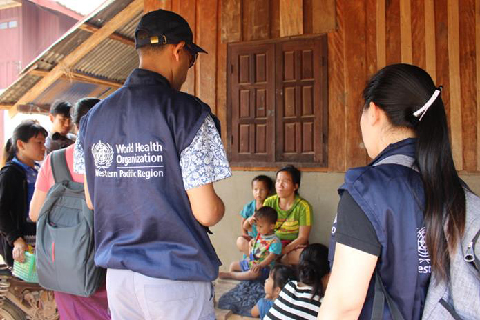
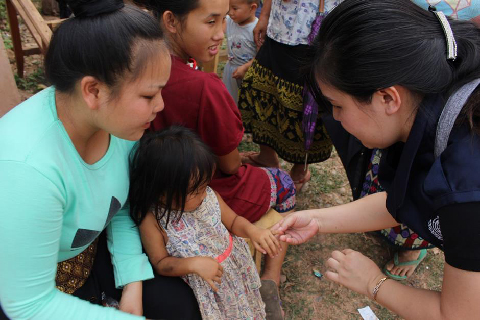
The oldest and the last polio victim in Feuang District
The WHO team visited Madam Mosoon, the oldest polio victim in Feuang District. Two years ago, Madam Mosoon visited the health centre due to “weakness” in both legs and she was tested positive for cVDPV type 1.
